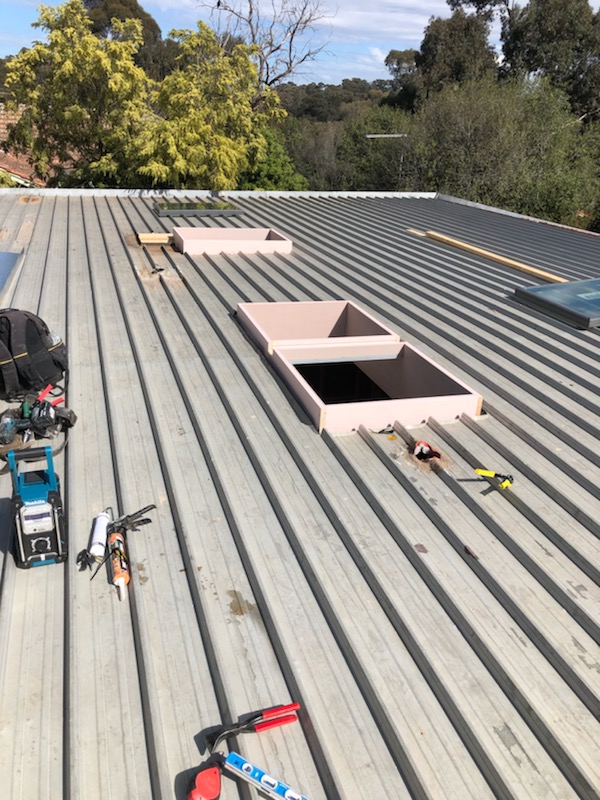
Roof inspections are important for figuring out potential points and guaranteeing the longevity of your roof. Regular inspections might help detect issues early, preventing expensive repairs or replacements down the road. Here are some widespread strategies and steps for conducting a roof inspection:
Visual Inspection:
a. Exterior Inspection:
Start by analyzing the roof from the bottom utilizing binoculars or by safely climbing onto a ladder to get a extra in-depth look.
Look for seen indicators of damage, similar to lacking or broken shingles, curling or buckling shingles, or free or deteriorated flashing round roof penetrations.
Check for particles, moss, algae, or lichen growth on the roof, which might indicate moisture-related issues.
Inspect the gutters and downspouts for granules from shingles, as extreme granule loss can sign shingle put on.
b. Interior Inspection:
Go into the attic or crawl area and examine the underside of the roof deck for indicators of leaks, moisture, or water stains.
Look for daylight coming through cracks or holes within the roof deck, which can point out roof injury.
Check for indicators of insulation harm, mold, or mildew development, which might end result from roof leaks.
Roof Walk:
a. If it's secure to do so, stroll on the roof surface to examine it up shut.
b. Be cautious and wear appropriate safety gear, corresponding to non-slip footwear and a safety harness if needed.
c. Look for any gentle or spongy areas, which may indicate underlying injury.
d. Check for free or damaged roofing materials, as properly as indicators of wear and tear.
Moisture Detection:
a. Use a moisture meter to detect hidden moisture throughout the roof construction and insulation.
b. Moisture detection may help identify leaks or areas of potential water intrusion that is most likely not seen.
Drone Inspection:
a. Drones geared up with cameras can present a comprehensive view of the roof surface without the need for direct physical entry.
b. A drone inspection could be particularly helpful for larger or hard-to-reach roofs.
Professional Inspection:
a. Consider hiring a professional roofing contractor or inspector to conduct an intensive inspection.
b. Professionals have the experience, instruments, and experience to determine issues that may not be apparent to a home-owner.
Documentation:
a. Document your findings with photos and notes to create a document of the roof's condition.
b. This documentation could be helpful for tracking modifications over time and for insurance coverage claims or repairs.
https://roofrestorationcampbelltown.com.au/roof-plumber/ to perform roof inspections frequently, ideally no much less than every year, and after severe weather occasions like storms. Additionally, if you're not comfy or confident in your capability to perform a roof inspection safely, it is advisable to rent a qualified roofing skilled to ensure an intensive and correct assessment of your roof's condition..
